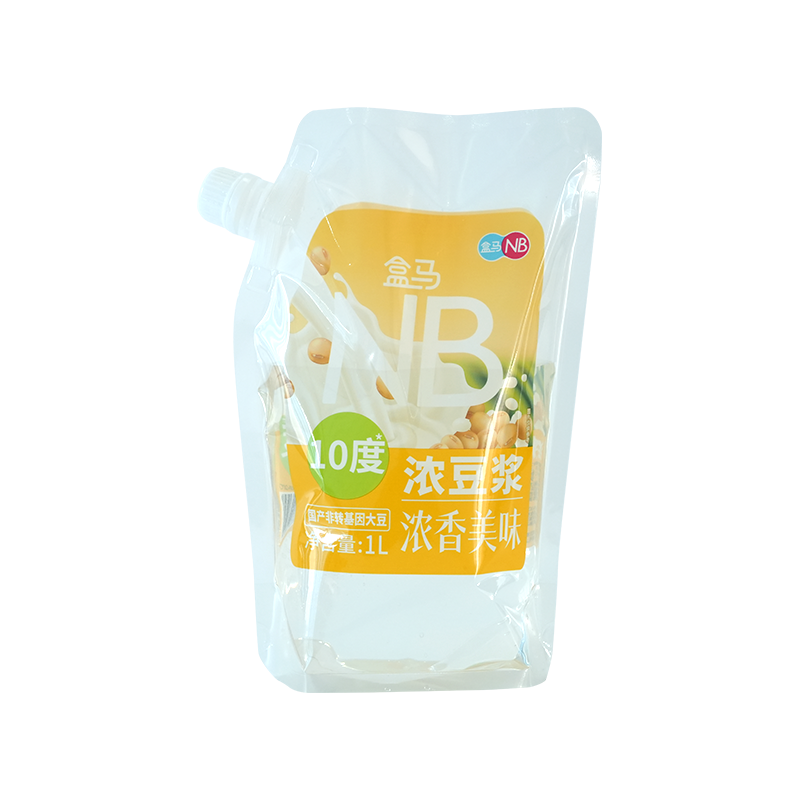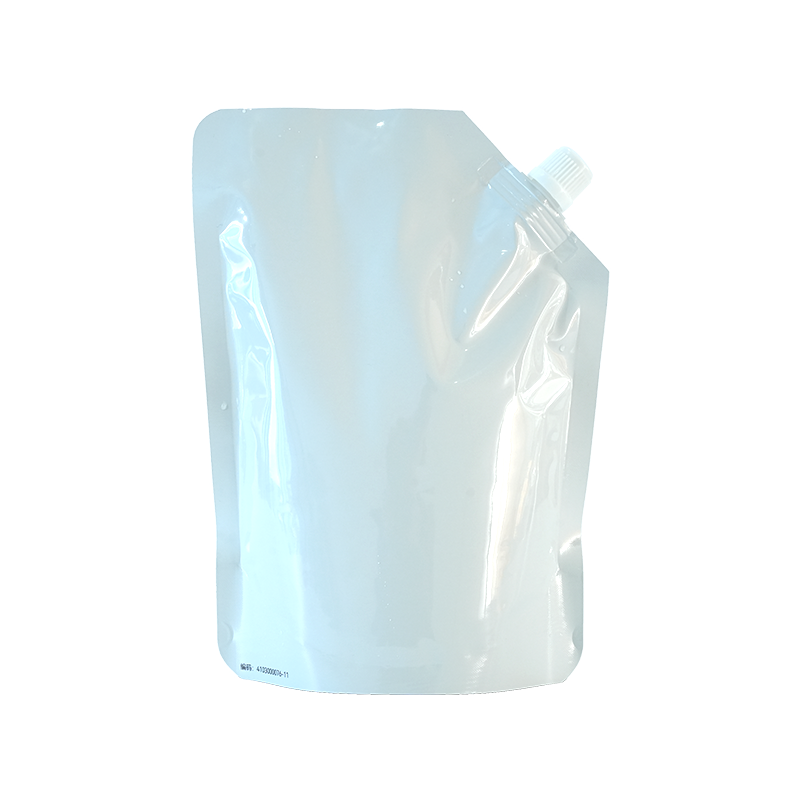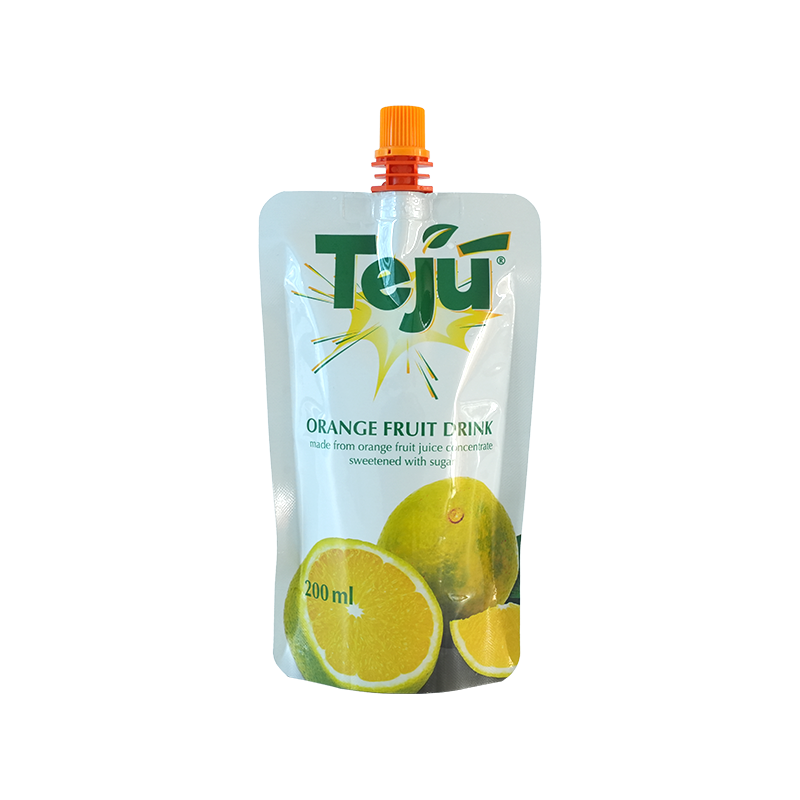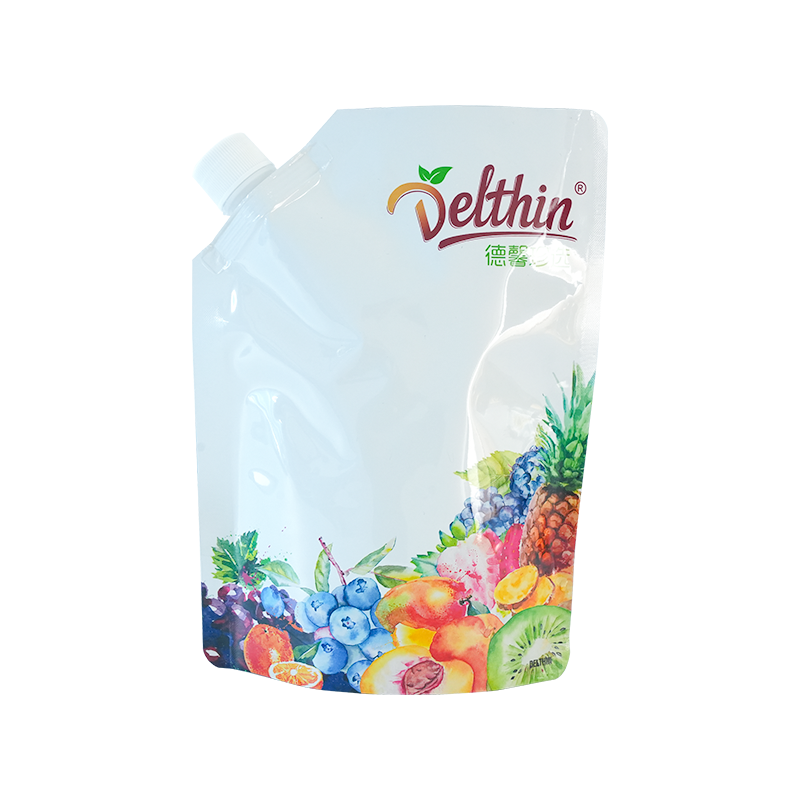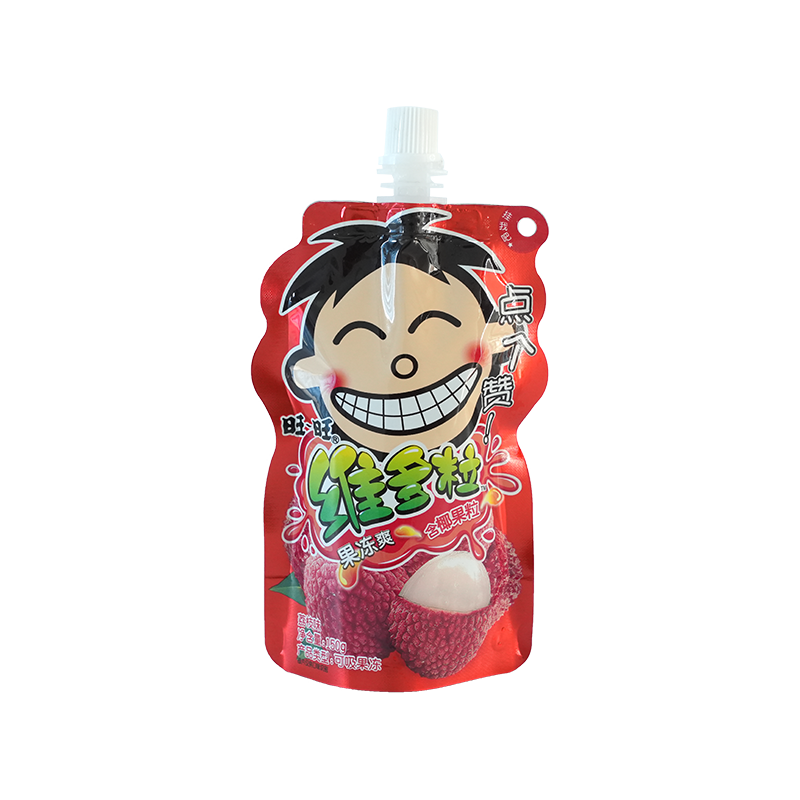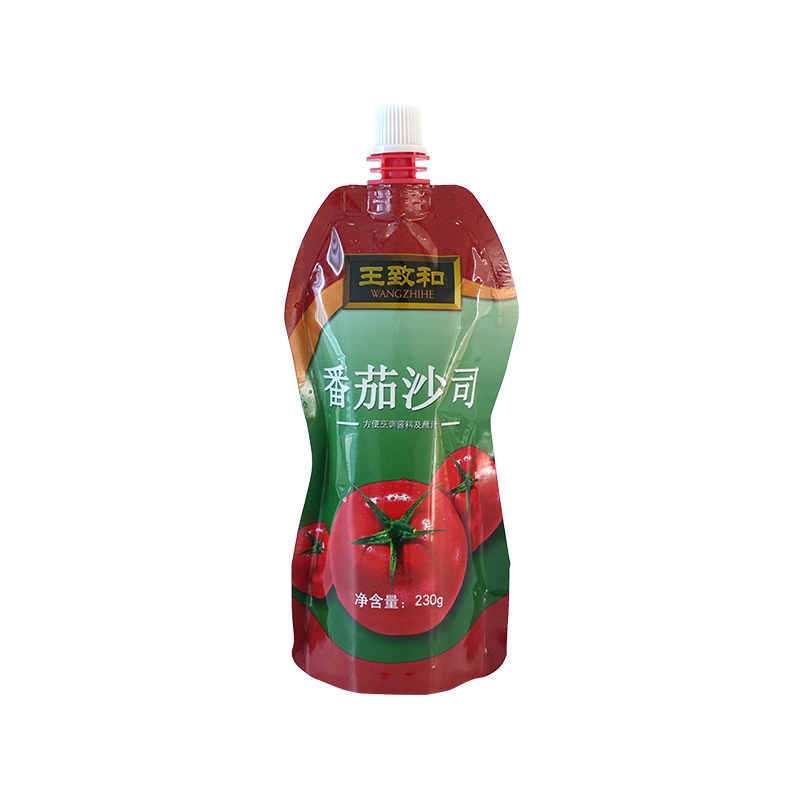In the competitive landscape of food packaging, the preservation of product integrity from the production line to the consumer’s table is paramount. For condiments like ketchup, which have specific acidity and viscosity characteristics, this challenge is met through advanced packaging engineering. The modern ketchup spout bag represents a significant evolution from traditional glass bottles and rigid plastic containers, offering unparalleled convenience and efficiency. However, its most critical function—protecting the product and extending its shelf life—is performed silently by a hidden technological marvel: the multi-layer barrier structure.
The Enemies of Shelf Life: What Barrier Layers Protect Against
To appreciate the engineering behind a ketchup spout bag, one must first understand the external and internal factors that threaten product quality. Ketchup, a pH-controlled product, is less susceptible to microbial spoilage than many other foods but is highly vulnerable to degradation from other elements. The primary enemies of shelf life include:
Oxygen (O₂): Oxygen is the chief antagonist in food preservation. It facilitates oxidation, which leads to the degradation of color pigments (causing the ketchup to darken or turn brown), the loss of vibrant tomato aroma, and the development of off-flavors and rancidity. Even after pasteurization, oxygen permeating through packaging can significantly diminish the sensory qualities that define a premium ketchup.
Light: Exposure to light, particularly ultraviolet (UV) light, accelerates the oxidation process. This phenomenon, known as photodegradation, can cause rapid fading of the ketchup’s red color and contribute to flavor loss. Transparent packaging without adequate light barriers is a common culprit in premature product quality decline.
Moisture Loss: While ketchup has high water activity, the primary concern is moisture loss through the packaging material, which can lead to changes in texture and viscosity. Evaporation can cause the ketchup to thicken undesirably, potentially leading to clogging of the spout and an unsatisfactory user experience.
Aroma Scalping and Migration: This refers to the transfer of components between the product and its packaging. Volatile organic compounds responsible for the ketchup’s signature aroma can be absorbed by certain types of plastic packaging materials (scalping), weakening the product’s flavor profile. Conversely, components from the packaging itself can migrate into the food, potentially imparting an undesirable “plastic” taste.
External Contaminants: The barrier must also act as a physical shield against dust, microbes, and other potential contaminants during storage and handling.
A simple monolayer plastic film is highly permeable to these elements. Therefore, the construction of a high-performance ketchup spout bag relies on the strategic combination of multiple materials, each serving a specific barrier function.
Deconstructing the Barrier: The Multi-Layer Laminate Structure
A typical high-quality ketchup spout bag is not made from a single piece of plastic. Instead, it is a sophisticated laminate, often consisting of three to seven co-extruded or laminated layers. Each layer is meticulously chosen for its specific properties and bonded together to create a synergistic shield. The general structure can be broken down as follows:
1. The Outer Layer: The Protective Shield
This is the layer designed for durability and printability. It is typically composed of polymers like polyester (PET) or nylon (BOPA). These materials provide excellent mechanical strength, puncture resistance, and abrasion resistance, protecting the bag during transportation, storage, and handling. This layer is also where high-quality graphics and branding are applied, a key consideration for custom printed packaging demands. Some outer layers include additives for UV protection to block light and further inhibit photodegradation.
2. The Middle Barrier Layer: The Primary Defense
This is the heart of the shelf-life extension system. The choice of material for this core barrier layer dictates the overall performance of the package. Common high-performance barrier materials include:
- Ethylene Vinyl Alcohol (EVOH): This is the gold standard for oxygen barriers in flexible packaging. EVOH offers an exceptionally low oxygen transmission rate (OTR), effectively creating a near-hermetic seal against oxygen. Its barrier properties are among the best available, but it has one vulnerability: it is hygroscopic, meaning its performance can diminish in very high-humidity environments as it absorbs moisture. This is precisely why it is sandwiched between other protective layers.
- Aluminum Foil: A traditional and highly effective barrier material. A thin layer of aluminum foil provides a virtually absolute barrier to oxygen, light, and moisture. It is impervious to gases and aromas. However, its use makes the package opaque, non-microwavable, and less flexible. It can also be susceptible to pinholes if flexed excessively.
- Metallized Films: A popular alternative to foil, this involves applying a microscopic layer of aluminum vapor onto a film substrate like PET or OPP. This offers excellent, though not absolute, barrier properties against oxygen and light. It is more flexible and cost-effective than foil and reduces the risk of pinholes.
- Polyvinylidene Chloride (PVDC): Though its use is declining due to environmental concerns, PVDC coatings are still sometimes used for their strong barrier properties against both oxygen and moisture.
3. The Inner Sealing Layer: The Product-Contact Barrier
This layer is in direct contact with the ketchup and must be food-safe, chemically inert, and capable of forming a strong heat seal to create a leak-proof pouch. Common materials include polyethylene (PE) and cast polypropylene (CPP). These polymers provide an excellent moisture barrier, preventing the loss of water from the ketchup. They are also chosen for their seal integrity and resistance to the acids and oils present in the condiment, ensuring no interaction that could compromise the product’s safety or taste.
Table: Common Laminate Structures and Their Primary Functions
| Layer Position | Common Materials | Primary Function | Protects Against |
|---|---|---|---|
| Outer Layer | PET, Nylon (BOPA) | Durability, Printability, Light Blocking | Abrasion, Punctures, Light (if treated) |
| Middle Barrier Layer | EVOH, Metallized PET, Aluminum Foil | Oxygen Barrier, Aroma Barrier | Oxygen, Light, Aroma Loss/Gain |
| Inner Layer | PE, CPP | Heat Seal, Moisture Barrier, Product Safety | Moisture Loss, Leakage, Contamination |
The Science of Protection: How the Layers Work in Concert
The true genius of this laminate structure lies in the synergy between its layers. Each material’s weakness is compensated for by another’s strength. For instance, the hygroscopic nature of EVOH is mitigated by sandwiching it between the moisture-blocking inner PE layer and the protective outer layer. This keeps the EVOH dry and operating at its maximum oxygen-barrier efficiency throughout the product’s shelf life.
The process of filling a ketchup spout bag is also designed to preserve shelf life. Modern form-fill-seal equipment evacuates air from the pouch before sealing, creating a partial vacuum or, in some cases, flushing the headspace with an inert gas like nitrogen. This modified atmosphere packaging (MAP) drastically reduces the amount of oxygen trapped inside the package from the very beginning. The high-barrier layers then prevent outside oxygen from permeating in, maintaining this protective atmosphere.
This combination of initial oxygen removal and subsequent high-barrier protection is what allows manufacturers to assign a lengthy best before date. It ensures that the ketchup delivered to the end-user—whether a consumer at home or a diner in a fast food restaurant—has the same color, aroma, texture, and taste as it did on the day it was packaged. This consistency is a non-negotiable aspect of brand integrity and customer satisfaction.
Beyond Shelf Life: Additional Benefits of Barrier Packaging
While the primary focus is on preservation, the advanced barrier technology in a ketchup spout bag delivers several ancillary benefits that are critical for bulk packaging and food service industry applications.
Weight and Space Efficiency: Compared to glass or rigid plastic, flexible pouches with high-barrier layers are extremely lightweight. This translates to significant reductions in shipping costs and a lower carbon footprint for transportation. Their flexible nature also allows for more efficient use of warehouse and storage space, a key factor for wholesale distributors.
Product Integrity and Safety: A robust barrier layer is an integral part of the product’s safety system. By preventing the ingress of oxygen and contaminants, it maintains the product’s stability and safety throughout its intended shelf life.
Functionality and Convenience: The barrier properties ensure the ketchup maintains its ideal viscosity, preventing clogging in the precision spout and enabling clean, controlled dispensing. This reduces waste and improves the user experience, a major selling point for high-volume kitchens.

